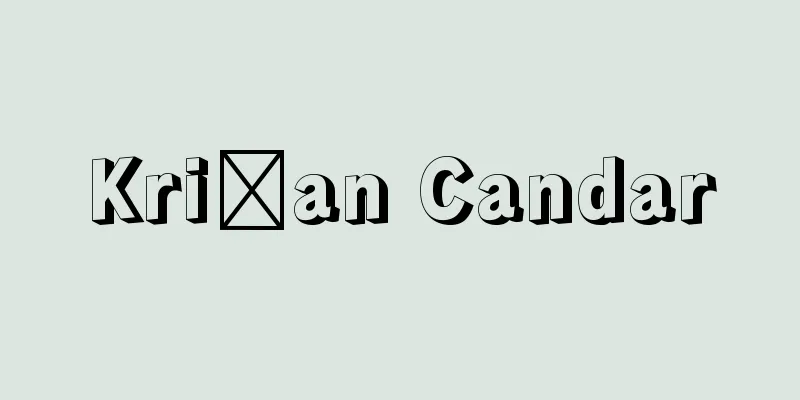Eurodollar

|
Initially, it was US dollar funds held by banks and companies in European countries, and was a type of hot money that floated in European financial markets (especially London and Paris) seeking interest rate differentials between countries. As the Cold War between the US and the Soviet Union intensified, it began to be traded actively from around 1959, and began to flow into Japan after 1960. Today, it refers to US dollar funds traded in financial centers other than the US (such as Asian dollars). → Related items Euro market Source : Heibonsha Encyclopedia About MyPedia Information |
|
当初はヨーロッパ諸国の銀行や会社の保有する米ドル資金で,ヨーロッパの金融市場(特にロンドン,パリ)を中心に各国の金利差を求めて浮動するホットマネーの一種。米ソの冷戦が激化するにつれて1959年ころから活発に取引されるようになり,1960年以降日本にも流入。現在では米国以外の金融中心地で取引される米ドル資金をいう(アジア・ダラーなど)。 →関連項目ユーロ市場 出典 株式会社平凡社百科事典マイペディアについて 情報 |
>>: Yurodivye (English spelling)
Recommend
Bank Holidays - ginkou kyuugyoubi
…This is called a “pon” (bridge). [Matsubara Shui...
《Traité d'harmonie réduite à ses principes naturels》 (English notation)
…He remained in Lyon until 1815. His greatest the...
Japanese Communist Party
A Japanese communist party. Founded in 1922 (Tais...
Euler Pole
...Although no relative plate motion is currently...
Maid in the inner palace - Ookujochu
...Ooku is divided into three parts: Goten-mukae,...
Borborygmus - borborygmus
〘Noun〙 The sound of the abdomen rumbling. It is pr...
Tiger sign - Kofu
〘Noun〙 In ancient China, a bronze tiger-shaped sea...
Prévost d'Exiles, Antoine-François, abbé
Born: April 1, 1697. Hedan Died November 25, 1763....
foederati
...The Western Empire during the Theodosian perio...
Mogollon
...It is based on the Cochise culture, which is c...
Men's Assembly Hall - danshi shuukaijo
A communal house for men of an age group or a men...
Offering slip - Nousatsu
〘 noun 〙① The act of visiting shrines and temples ...
Treaty of Amiens - Amiens Treaty
A peace treaty concluded between Britain and Fran...
Treasure Collection
A collection of Buddhist tales from the early Kam...
Kirin Sho
… [Japanese shogi] It is believed that Southeast ...



![Panay [island] - Panay](/upload/images/67cc8a3f6cd94.webp)





